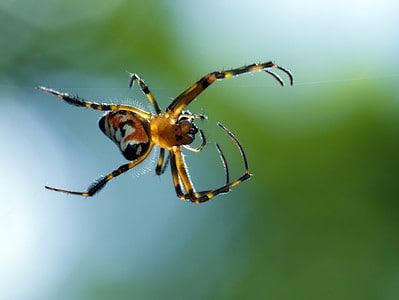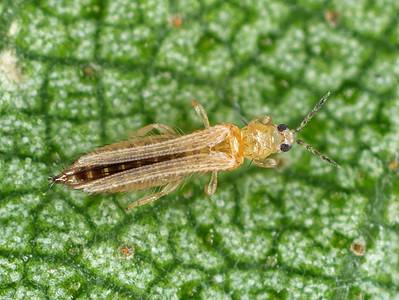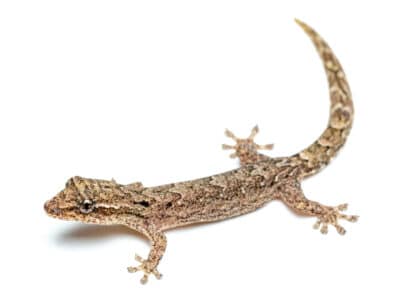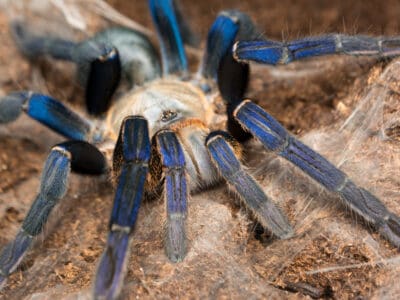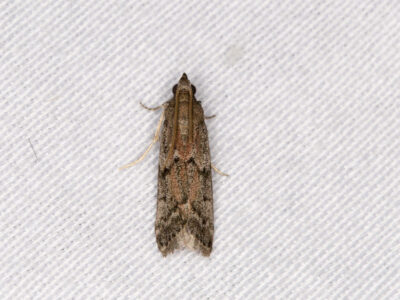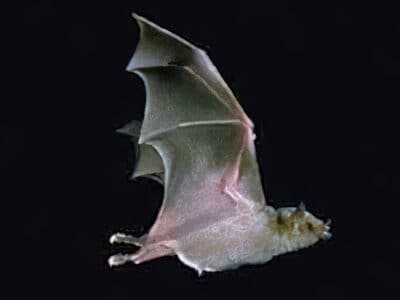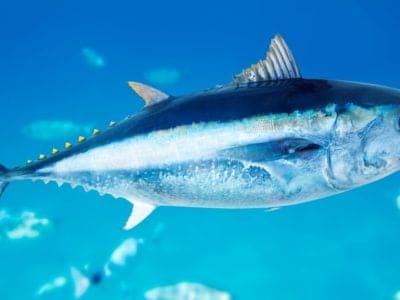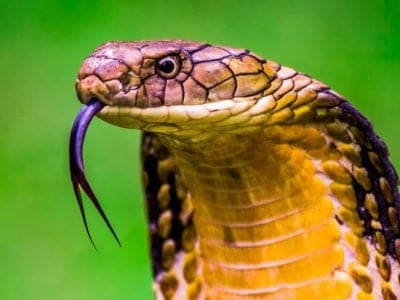Clark’s Grebe
Aechmophorus clarkii
Clark's grebes use their bills to spear prey
Advertisement
Clark’s Grebe Scientific Classification
- Kingdom
- Animalia
- Phylum
- Chordata
- Class
- Aves
- Order
- Podicipediformes
- Family
- Podicipedidae
- Genus
- Aechmophorus
- Scientific Name
- Aechmophorus clarkii
Read our Complete Guide to Classification of Animals.
Clark’s Grebe Conservation Status
Clark’s Grebe Facts
- Group Behavior
- Solitary
- Group
- Fun Fact
- Clark's grebes use their bills to spear prey
- Estimated Population Size
- 11,000
- Biggest Threat
- Habitat loss and human activities
- Most Distinctive Feature
- Long, yellowish-orange beak
- Distinctive Feature
- Long, slender neck
- Wingspan
- 24 inches
- Habitat
- Freshwater lakes and brackish or saltwater shores, bays, or estuaries
- Predators
- Birds of prey, predatory fish, minks
- Diet
- Carnivore
- Lifestyle
- Solitary
- Group
- Favorite Food
- Fish
- Special Features
- Engage in elaborate mating rituals
- Number Of Species
- 1
- Location
- North America
- Average Clutch Size
- -1
- Nesting Location
- Freshwater lakes
- Migratory
- 1
View all of the Clark’s Grebe images!
Summary
Known for their long slender necks and black and white feathers, Clark’s grebes closely resemble western grebes. They nest on large inland lakes across the western half of North America and can congregate in colonies numbering in the hundreds. Clark’s grebes engage in elaborate courtship displays involving gifts and dances. They form semi-monogamous pairs, and the females ultimately get to decide which male they want as their sexual partner.
5 Clark’s Grebe Amazing Facts
- Clark’s grebes hunt by diving deeply into the water and use their bills to spear or capture prey between their mandibles.
- Both male and female Clark’s grebes work together to build a floating nest to hold their eggs along the borders of inland lakes and other waterways that feature thick vegetation like rushes or reeds.
- Female and male Clark’s grebes court one another by “dancing” and exchanging “gifts” of weeds pulled from the water.
- During winter, some migrating populations may move to staging areas where they molt their feathers and temporarily become flightless.
- Clark’s grebes closely resemble western grebes, and the two species often live in close proximity to one another but rarely mate.
Where to Find Clark’s Grebes
You can find Clark’s grebes throughout the western half of North America. They range as far north as southern British Columbia in Canada and as far south as southern Mexico. During the summer breeding season, populations in the central United States and southern Canada typically breed around large inland freshwater lakes with plenty of emergent vegetation like rushes or reeds. As the weather turns cold, these groups migrate to saltwater or brackish shores, bays, and estuaries across the western United States and Mexico. Meanwhile, several populations maintain a presence year-round in California, Arizona, New Mexico, and central Mexico.
Clark’s Grebe Scientific Name
Clark’s grebes belong to the grebe family Podicipedidae. It shares its common name – and specific name, clarkii – with John Henry Clark, a 19th-century American surveyor and naturalist. Clark’s grebes are one of the two members of the genus Aechmorphorus along with the similar-looking western grebe. The genus name derives from the Ancient Greek words αἰχμά (aichme), meaning “point of a spear,” and φόρος (phoros), meaning “bearing.” Translated into English, the name means “spear point bearer,” in reference to the bird’s long, pointed beak. In Mexico, Clark’s grebes go by the name achichilique pico naranja.
Clark’s Grebe Size, Appearance, and Behavior
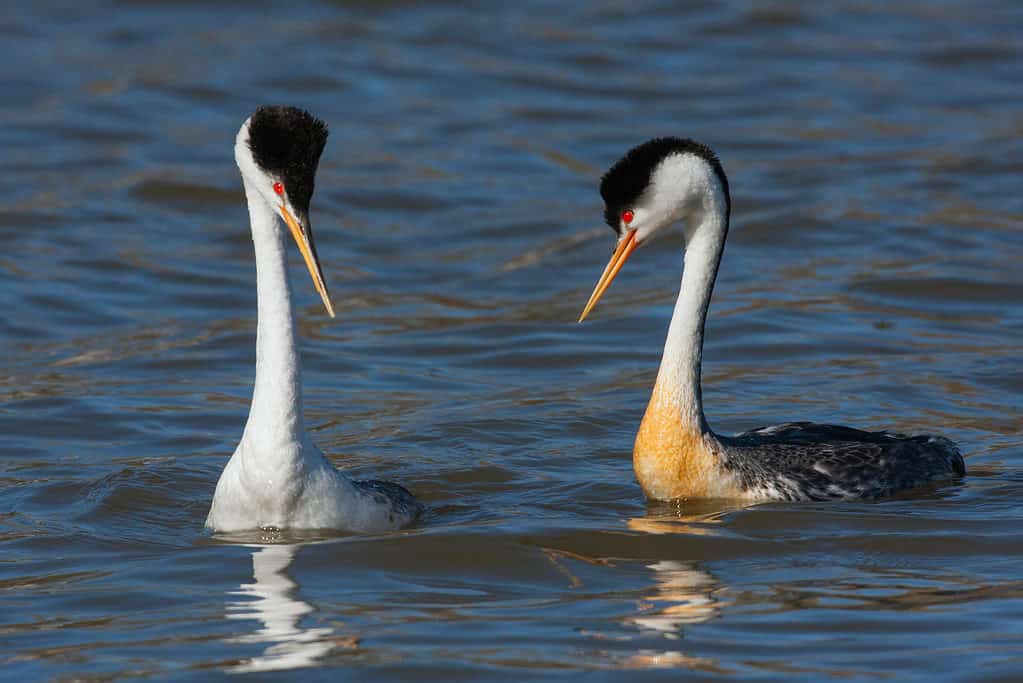
Both male and female Clark’s grebes work together to build a floating nest to hold their eggs along the borders of inland lakes and other waterways that feature thick vegetation like rushes or reeds.
©Danita Delimont/Shutterstock.com
Clark’s grebes rank among the largest of all grebes, along with the western grebe. On average, they measure around 22 to 29 inches long and weigh between 25.3 and 44.4 ounces. Most Clark’s grebes have a wingspan measuring approximately 24 inches. They possess a long, pointed bill that appears predominantly yellowish-orange and bright red eyes. The neck is quite long and slender, with white feathers on the ventral (front) side and dark or black feathers on the dorsal (back) side. Meanwhile, the head and upper wing feathers appear black, while the flanks and belly appear white. That said, some Clark’s grebes possess lighter dark feathers, so researchers separate specimens into light and dark color morphs. Males and females look relatively similar, except that the males feature a marginal crest on the head.
Like other grebes, Clark’s grebes rarely fly and typically only do so for short periods or when migrating. Instead, they spend the majority of their lives in or on the water. They tend to forage deeper and further from shore than western grebes. Clark’s grebes use various sounds to communicate with one another. They often make a ticking sound to alarm chicks or other grebes and may cluck to signal food’s presence.
Clark’s Grebe Evolution and History
They are waterbirds in the family Podicipedidae. Despite their physical similarities to ducks, they are more closely related to flamingos. The taxonomy of Clark’s grebes bears many similarities to the western grebe. Both species exhibit similar behaviors, courtship displays, and appearance, and they also occur within the same range and often share the same habitat. They can even cross-breed and bear fertile offspring, although these pairings happen rarely. Over the second half of the 20th century, researchers debated back and forth on whether Clark’s and western grebes are separate species or merely different morphs of the same species. Today, most experts recognize them as separate species, although some distinguish northern and southern Clark’s grebe populations as distinct subspecies.
Clark’s Grebe Diet
Scientists thought they ate almost exclusively fish for years, but recent observations reject this theory. Generally speaking, Clark’s grebes are opportunistic carnivores that eat whatever they can fit into their mouths. Although they primarily prey on small fish, their diet consists of a wide range of aquatic animals, including worms, insects, salamanders, and crustaceans. They normally dive to feed in the middle of the water column but may also hunt near the surface or bottom. Like herons, this bird can rapidly extend their long necks and will sometimes use their sharp beak to spear smaller fish. This behavior is rare amongst grebes and currently only common with Clark’s and western grebes. They often swallow prey whole but may use their powerful mandibles to crush the shells of crustaceans. To aid digestion, they eat their own feathers, which help cushion indigestible material regurgitated as pellets.
Clark’s Grebe Predators and Threats
Several animals prey on juveniles, including birds of prey like eagles, owls, or falcons. Chicks must also contend with predatory fish like bass or pike and rodents like minks. That said, the major threat to Clark’s grebes doesn’t come from predators but from human activities. Pesticides, lake drainage, clearing vegetation for nesting, and oil spills can all damage habitats where they nest and feed. Additionally, when approached by humans, Clark’s grebes may abandon their nests, thereby leaving their eggs susceptible to predators or inclement weather.
Clark’s Grebe Reproduction, Young and Molting
During the breeding season, they court each other by engaging in elaborate rituals. The rushing ceremony begins with the birds lowering themselves into the water and letting out a ratchet-like creet call. Then, they will dip their heads into the water and shake the water droplets off. Next, they will rise up and “run” side-by-side across the surface of the water with their heads up and wings back. The dance ends with the birds diving into the water. Another part of the courtship ritual is the aptly named “weed ceremony.” This ceremony involves exchanging “gifts” of weeds pulled from the water. The birds take the gifts in their mouths, then raise their heads and spiral around one another. Ultimately, the female decides on which male to take as her mate, and males typically outnumber fertile females. Clark’s grebes form semi-monogamous pairs but do not mate for life, as pairs rarely reconnect to mate in successive seasons.
Males are responsible for selecting the nesting site, but both males and females contribute to building the nest. Normally, males bring larger stalks or stems, while females bring algae or other wet materials to cement the different parts together. The nest floats on the water and features a depression in the middle to hold the eggs. A nest can measure anywhere from 2 to 3 feet wide and is typically anchored to nearby vegetation. This anchor prevents the nest from drifting away and reduces damage caused by weather or large waves. Females typically lay 2-3 eggs at a time and normally brood only once per year.
Clark’s Grebe Population
Several populations have shown signs of decline in recent years. According to some estimates, the total Clark’s grebe population in North America fell by around 8% from 1970 to 2017. This places the global breeding population at around 11,000 adult individuals. They are extremely susceptible to environmental factors, including pesticides, pollutants, and human disturbances. The loss of nesting grounds due to lake drainage or the cutting of vegetation can significantly impact the success of reproduction and rearing chicks to maturity. Additionally, parents may abandon their nests when disturbed by motorboats or underwater explosions. Still, despite these declines, the IUCN still lists Clark’s grebe as a species of Least Concern.
Related Animals
View all 235 animals that start with CClark’s Grebe FAQs (Frequently Asked Questions)
Are Clark’s grebes carnivores, herbivores, or omnivores?
Clark’s grebes are opportunistic carnivores that eat a diet of fish, crustaceans, salamanders, worms, and insects.
Where are Clark's grebes found?
You can find Clark’s grebes throughout the western half of North America. While some populations remain in place year-round, others migrate between summer freshwater nesting grounds and winter saltwater or brackish feeding grounds.
Who is Clark’s grebe named after?
The “Clark” in Clark’s grebe honors John Henry Clark, a 19th-century American surveyor, naturalist, and collector.
What is the difference between a western grebe and Clark’s grebe?
Clark’s grebes have a brighter yellowish-orange bill than western grebes, and the black cap on Clark’s grebes does not extend down past the eye the way it does on western grebes.
Thank you for reading! Have some feedback for us? Contact the AZ Animals editorial team.
Sources
- , Available here: https://www.audubon.org/field-guide/bird/clarks-grebe
- , Available here: https://wdfw.wa.gov/species-habitats/species/aechmophorus-clarkii
- , Available here: https://ebird.org/species/clagre








